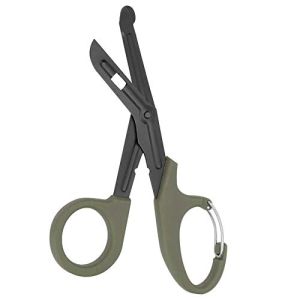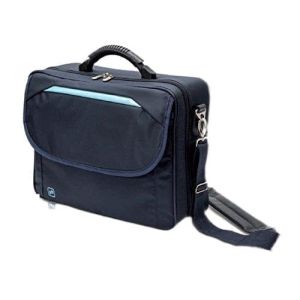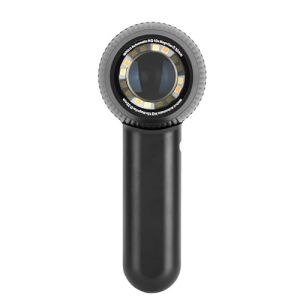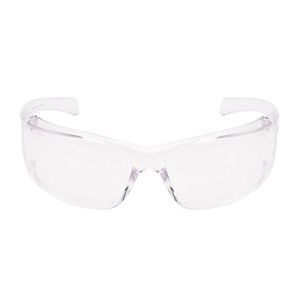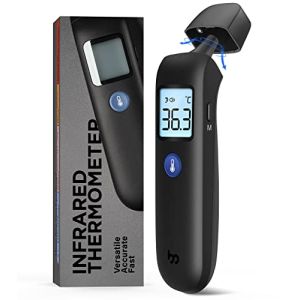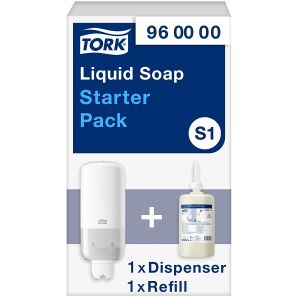Audiometer: Understanding Audiometry and Choosing the Right Screening Equipment
Are you a hearing health professional looking for the ideal audiometer for your practice? With so many models available, it can be challenging to make the right choice. This guide will help you understand the importance of audiometry and choose the screening equipment that best suits your needs.

1. What Is an Audiometer?
An audiometer is a medical device used to measure a person's hearing. It evaluates the ability to hear different sounds at various frequencies and intensities. This tool is essential for detecting hearing loss and determining its degree. With an audiometer, professionals can make an accurate diagnosis and offer suitable solutions.
The audiometer consists of several components. It generates sounds called "pure tones" that the patient listens to through headphones. The professional controls the volume and frequency of these sounds. The patient indicates whether they hear the sound or not, which helps determine their hearing threshold. The results are then represented on a graph called an audiogram.
2. The Importance of Audiometry
Audiometry is the measurement of hearing. It is important because it allows early detection of hearing problems. Hearing loss can have many consequences on daily life. It can affect communication, learning, and overall quality of life. By identifying hearing loss early, solutions can be implemented to improve hearing or compensate for the loss.
Health professionals, such as ENT doctors, audiologists, and hearing aid specialists, use audiometry to help their patients. It is also used in screenings, for example, in schools or workplaces, to check the hearing of children or workers exposed to noise.
3. The Different Types of Audiometers
There are several types of audiometers, each adapted to specific needs. Here are the main ones:
Clinical audiometer: This is the most comprehensive audiometer. It is used in hospitals and clinics. It allows for a wide variety of tests, such as tonal audiometry, speech audiometry, and special tests. It offers high precision and many options for diagnosis.
Screening audiometer: This audiometer is designed for quick tests. It is used to detect possible hearing loss during screenings in schools, workplaces, or health campaigns. It is simple to use and allows for rapid testing of multiple people.
Portable audiometer: Lightweight and easy to carry, it is ideal for professionals who travel, such as during home visits or in rural areas. It offers basic functions to assess hearing while being practical to use in the field.
There are also specialized audiometers, such as the pediatric audiometer, adapted for children, or the otoacoustic emissions audiometer, which measures sounds produced by the inner ear.
4. How Does an Audiometer Work?
The audiometer works by sending sounds of different frequencies and intensities to the patient. The professional sets the device to emit a sound at a certain frequency (e.g., 1000 Hertz) and at a certain volume (e.g., 20 decibels). The patient listens to this sound through headphones and indicates whether they hear it by pressing a button or raising their hand.
By repeating this process for different frequencies and intensities, the professional determines the patient's hearing threshold for each frequency. These thresholds are then plotted on an audiogram, which is a graph showing the patient's hearing. This helps identify frequencies where hearing is reduced.
Audiometry can be tonal (with pure sounds) or speech (with words). Speech audiometry assesses speech comprehension. Some audiometers also offer special tests to analyze hearing in more detail.
5. How to Choose the Right Audiometer?
Choosing the right audiometer depends on several factors. Here are some tips to help you:
- Define your needs: Depending on your practice, you won't need the same type of audiometer. If you work in a hospital or clinic, a full clinical audiometer will be suitable. For quick screenings, a screening audiometer will suffice. If you travel often, opt for a portable audiometer.
- Consider the features: Check that the audiometer offers the tests you need. For example, tonal audiometry, speech audiometry, or special tests. Some audiometers offer additional options, such as connection to a computer to record results.
- Take into account ease of use: A device that's easy to use will save you time. Ensure that the controls are clear and the display is readable. An intuitive interface will facilitate your daily work.
- Check reliability and accuracy: It's important that the audiometer is accurate and reliable. Find out about the manufacturing quality and read reviews from other professionals. A good quality device will last longer and provide reliable results.
- Think about the budget: Audiometers can vary in price. Set a budget based on your needs and compare models to find the best value for money. Don't hesitate to request quotes from several suppliers.
6. Tips for Using and Maintaining Your Audiometer
To ensure your audiometer functions properly, here are some recommendations:
- Regular calibration: Have your audiometer calibrated at least once a year by a professional. This ensures measurement accuracy.
- Maintenance: Regularly clean headphones and earpieces to ensure optimal hygiene. Follow the manufacturer's instructions for maintenance.
- Training: Make sure you and your staff are trained to use the audiometer. Mastering the device well allows for reliable results.
- Storage: Store the audiometer in a dry place away from dust. Protect it from shocks and extreme temperatures.
7. Conclusion
The audiometer is an indispensable tool for hearing health professionals. It helps detect and diagnose hearing problems, thus improving patients' quality of life. By choosing the audiometer that suits your needs and using it correctly, you can offer the best service to your patients. Feel free to consult the resources available on the Placemed marketplace to compare models and find the equipment that suits you.
 Francais
Francais 


